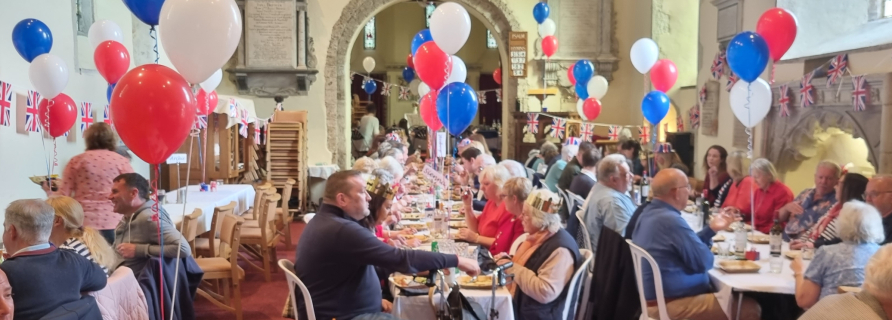Isn’t it lovely to see all the spring flowers and blossom? In particular we hope you are
enjoying the thousands of daffodils we have planted around the village.
We have now planted lavender and comfrey at the top of Kettle Lane to start our beeline –
lets make it go through the whole of West Farleigh.
The top 10 plants to attract bees are:
Lavender - The trusty lavender plant is an all-time favourite for bees.
Blue Borage has been proven that honeybees are most attracted to blue borage flowers.
Marjoram is a herb popular amongst honeybees and other pollinators.
Abelia (Bee Bush) - its delicate white flowers are prominent from spring through to autumn and attract both honeybees and bumblebees.
Pussy Willow trees help feed queen bumblebees as they go on a hunt for new colonies in early spring. This tree helps bees through pollen-scarce months of March and April.
Crocus flower tends to appear during autumn, winter or spring but it’s the spring crocus that bees are attracted to.
Lilac produces nectar, pollen and essential blossoms for bee pollinators. The flowers reproductive success results in a growing bee population. The flowers tends to blossom in the spring through to summer and entice bees with their brightly-coloured petals.
Foxgloves are said to be “fluorescent” at night, acting like a “landing strip” for bees as they can see in ultraviolet light. The foxglove is one of the best early summer bloomers for bees.
Monarda (Bee Balm) is regularly recommended for bees and other pollinators as it’s a reliable garden plant.
Chives - in order to attract bees, chives need to flower. Chives are easy to grow and easy to maintain, providing a beautiful herb to use in your kitchen and helping to save bees at the same time.
Please let us know if you have any of these plants in your garden and where you live in the village so that we can draw lines and see how many we can join up – bloom@thefarleighs.co.uk
And finally – please start planting your sunflowers! We would like to keep up our reputation with South East in
Bloom as the village of sunflowers, and of course we will be round to find the tallest one in a few months’ time!
Thanks Bloomers – some lovely flowers on the Green








Make A Comment
Comments (0)